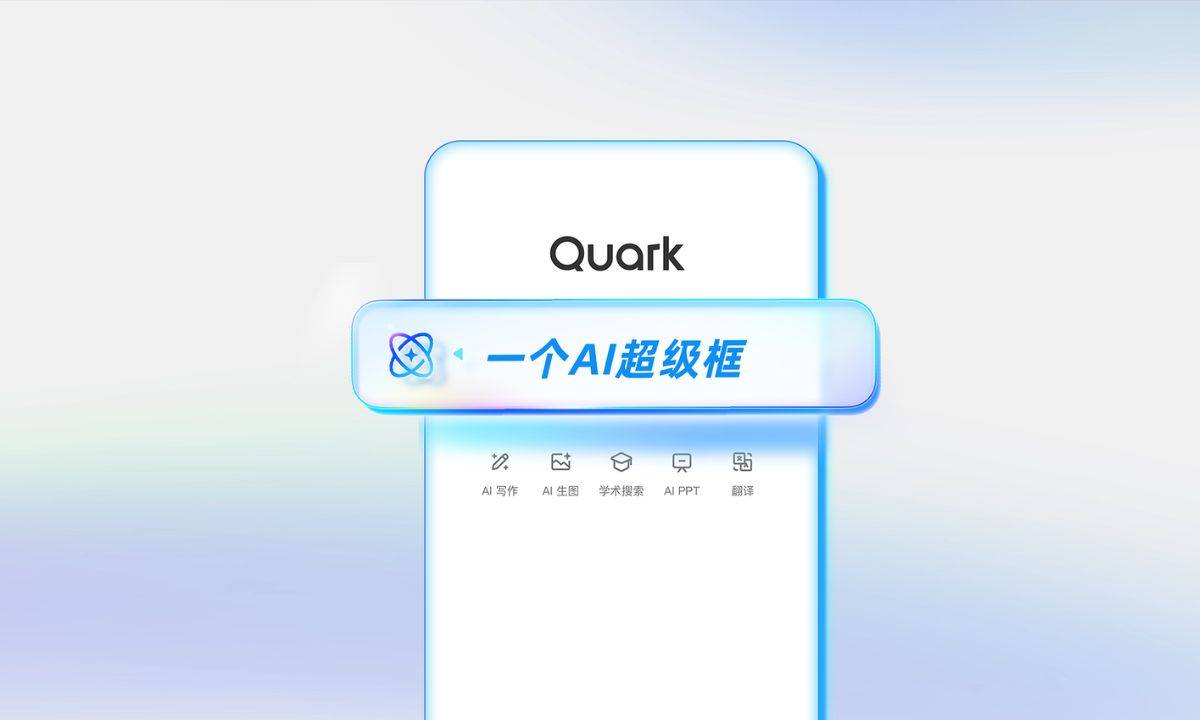
On the surface, the fact that Alibaba Group and TencentHoldings are spending millions of dollars to subsidize cab fares in Chinese cities might seem like a curious waste of money for a couple of the PRC’s leading Internet powerhouses.
Far from being profligate,however, the fare rebates–asales gimmick designedto lure consumers to adopt the rivals’ respective taxi-hailing apps–are part ofa tellingmarket-share skirmish in an intensifying battle for the hearts, minds and pocketbooks of China’s smartphone users. Taxi apps are seen as one way of getting consumershabituated to using mobile phones to pay for all manner of goods and services on a daily basis.They’realso a potential gateway app to lock people in to either Alibaba’s or Tencent’s competing e-payment platforms.
What’s at stake is nothing less than future dominance of the country’s increasingly mobile-focused Internet. Just how crucial this battlehas becomeis reflected in several fresh reports on the growth of e-commerce and mobile e-commerce (m-commerce) in China. According to Analysys International, China’s mobile-payments market last year grew a stunning 800 percent with total transactions hitting RMB 1.30 trillion ($212.2 billion). Alibaba’s Alipay led the market with a 69.6 percent share, while Tencent’s Tenpay had a share of 3.3 percent share.
Estimates of the pace of m-commerce growth vary. Statistics recently released by People’s Bank of China showed mobile transactions climbed 317 percent last year to RMB 9.64 trillion ($1.58 trillion), accounting for some 3 percent of the country’s overall non-cash transactions last year.
What’s not subject to debate is just how pervasive smartphones have become in China as payment tools for both online and offline goods and services, which is even more striking in comparison with other major markets. A just-released report from KPMG noted that 55 percent of China’s Internet users have made a mobile payment, versus only 19 percent of U.S. Internet users. The stat echos similar findings in a consumer survey by Mastercard, which determined that Chinese users were the most active smartphoneshoppers out of 25 Asia-Pacific countries and regions.
While desktop PCs still dominate access to online retail websites for premium and luxury items in China, the KPMG report, which was based on a survey of the online buying habits of more than 10,000 consumers, found that 69 percent of respondents use a desktop while 53 percent said they use smartphones.
“Mobile take-up is strong in China because the country has skipped out the adoption of the landline,” said Egidio Zarrella, clients & innovation partner at KPMG China, in the report, entitled “China’s Connected Consumers.”
“As China’s economy has rapidly expanded over the past few years, consumers have migrated straight to mobile platforms,” Zarella said.
Researchers cited a “perfect storm” of converging conditions that are feeding off each other to boost growth: booming e-commerce sales, the rise of social media platforms, better and cheaper mobile devices, and faster acceptance by consumers of digital payment technology.
“Mobile purchasing aligns with the Chinese consumer’s desire for speed and the convenience for ‘any time’ shopping,” according to KPMG. “The trend towards smarter and more functional phones and tablets, coupled with the rising use of social media platforms to inform and connect consumers, is likely to fuel the continued rise in the number and proportion of so-called m-commerce transactions in the Chinese e-commerce market.”



.jpg)
